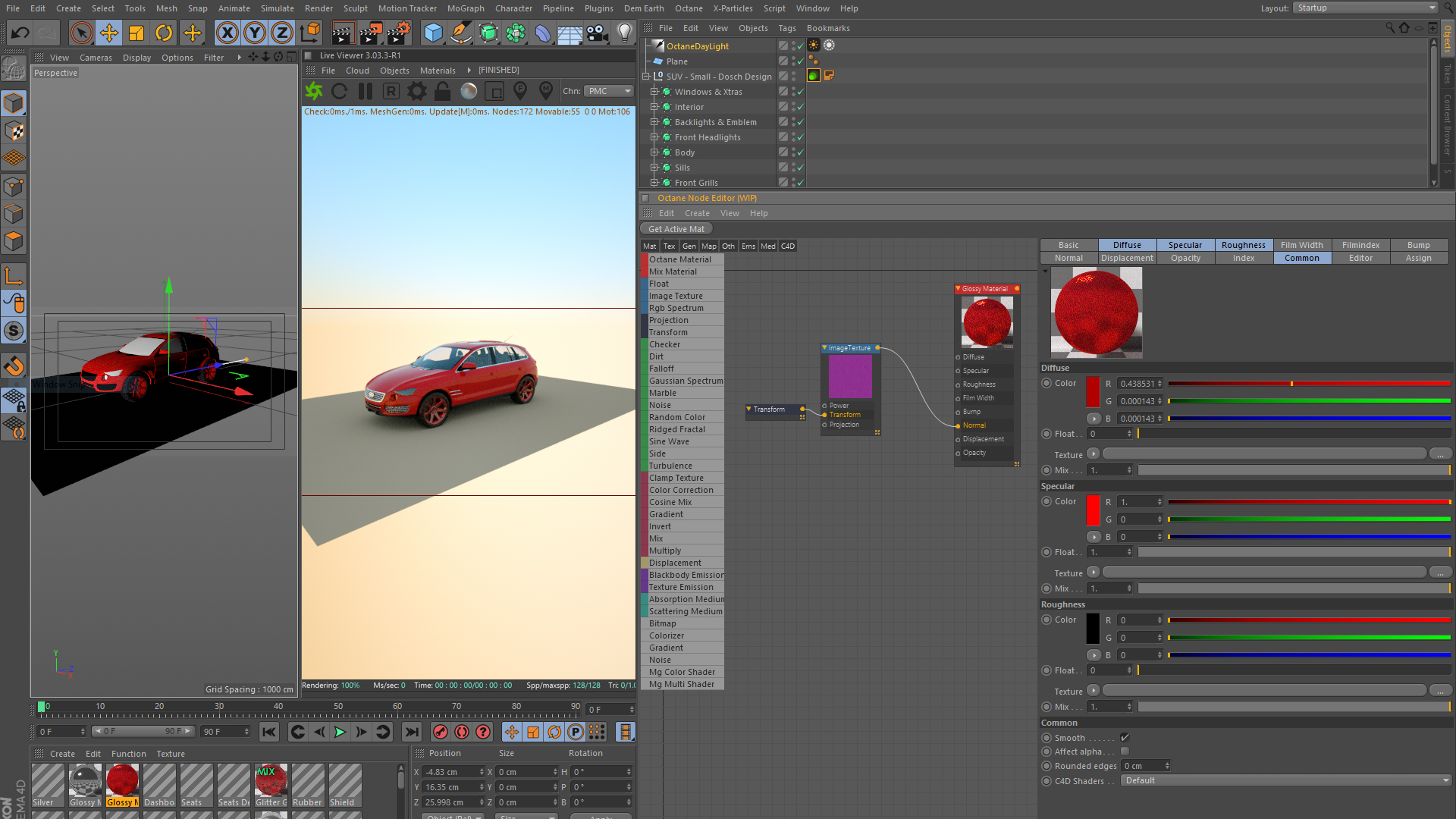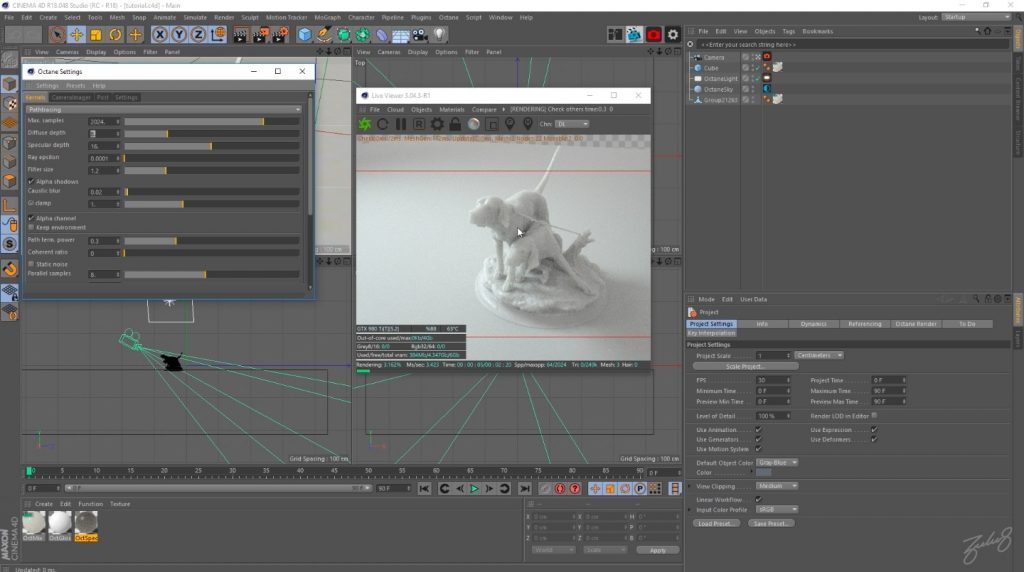

GPUs have far more core processors than a CPU On the test BOXX ran with standard hardware like a 3.4 Ghz Intel Xeon and a NVIDIA GPU with 2,688 CUDA cores, they found that the GPU performed 6.2 times faster than the CPU.Īdvantages 1. The revelation was that using a CPU and a GPU to produce a similar quality image required drastically different render time. Even though the cores in a graphics processor have a much lower bandwidth than traditional CPU cores, when working in parallel (due to the renderer's integration with graphics processors), graphics cards can process pixels of information at a much higher rate than a CPU.Ī great comparison article on the difference between GPU and CPU Rendering was done by BOXX. But with the advent of CUDA and multi-processor graphics cards, it became clear to many in the graphics world that there may be a better way to do unbiased rendering. A typical GPU will have anywhere from a couple hundred cores to several thousand.īecause of the speed advantage within a biased renderer (time = money in the VFX and Mograph world), biased renders have reigned supreme for quite some time. GPUs have tons of low-powered cores, allowing a massive number of small calculations to be made in parallel. Parallel processing on a CPU is limited to the number of cores, typically around four to sixteen on a modern machine. Mental Ray Render Courtesy of ĬPUs can make a single calculation really fast but can only make a few calculations simultaneously.

It will render forever until you simply save it and call it done. Interesting fact: Though an unbiased render engine will produce exceptional quality and realism, far superior to that of a biased render engine, an unbiased render is never "done". When developing a biased render, unbiased renders will often be the standard that a biased render is compared against to ensure that the image calculation is correct. After a few passes, the image begins to smooth out with the rate of errors (noise) decreasing over time. This rigorous process results in a high amount of chaos (think noise) in the initial pass of an unbiased render. Unbiased Rendering is as close to physical accuracy as possible because each pixel is pushed through the real-life path a particle of light would travel in the scene. However, often these biased engines result in bizarre artifacts (called bias error), and optimizations and fine-tuning are required to make sure the final image comes out right. As little as 5 years ago, biased rendering engines like Mental Ray, Vray, and Renderman, became industry standards because they looked photoreal but took a fraction of the time to render than their "physically accurate" counterparts. In other words, "bias" is willfully introduced in the interest of efficiency. The biased render essentially "cheats" to speed up the process of rendering by making assumptions that allow for less computation.

Because biased rendering performs certain calculations upfront, significant processing power is saved during the actual render. With the ability to run Octane in the cloud, it is likely to become even more integrated into the creative process of these industries.īiased Rendering is a mainstay in the Visual Effects and Motion Graphics world. Now it is being used in feature films, commercials, and even architectural rendering. Octane was developed by a New Zealand-based company called Refractive Software, Ltd, and was later taken over by the Company OTOY in 2012. Octane is the world's first and fastest GPU-accelerated, unbiased, physically correct renderer. If you would like to have your work featured by Paperspace, send us an email to or tweet us an image and include the hashtag #MadeOnPaperspace


 0 kommentar(er)
0 kommentar(er)
